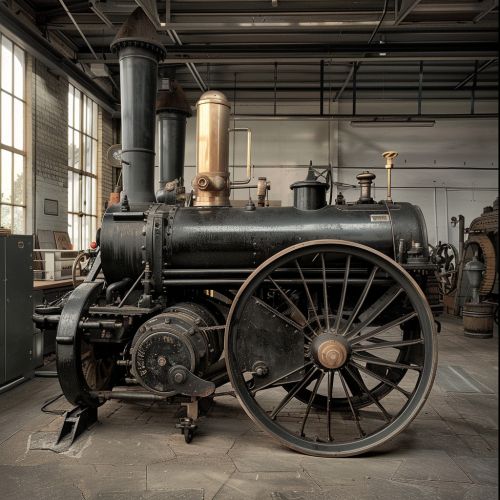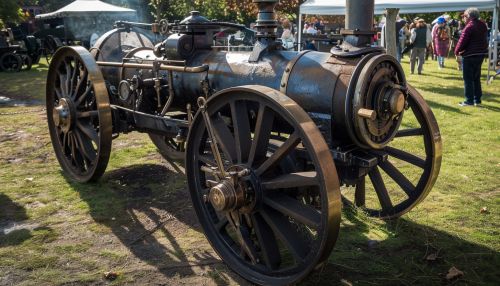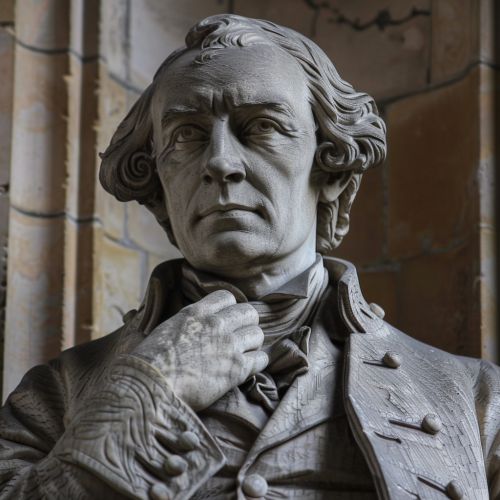James Watt
Early Life and Education
James Watt was born on January 19, 1736, in Greenock, Scotland. He was the eldest of five children of Agnes Muirhead and James Watt, a prosperous shipwright. Watt's early education was erratic due to frequent bouts of ill health. However, he displayed a keen interest in mathematics and engineering from an early age.


He was sent to Greenock Grammar School, where he excelled in mathematics and showed a particular aptitude for geometry. At the age of 17, Watt moved to Glasgow to learn the trade of mathematical instrument making. However, the local guild of craftsmen blocked his progress, forcing him to move to London in 1755.
Career and Inventions
In London, Watt worked under instrument maker John Morgan. After a year, he returned to Glasgow, where he set up his own instrument-making business. His work caught the attention of the University of Glasgow, which appointed him as its instrument maker in 1757.
Watt's career took a significant turn in 1763 when he was asked to repair a model of a Newcomen steam engine. Intrigued by its inefficiency, Watt began a series of experiments to improve its design. His breakthrough came in 1765 when he conceived the idea of a separate condenser, which would prevent enormous losses of steam. This marked the beginning of Watt's lifelong involvement with steam engines.


In 1769, Watt patented his separate condenser design, but financial constraints prevented him from constructing a full-scale engine. He entered into a partnership with businessman Matthew Boulton in 1775, leading to the establishment of the Boulton and Watt company. The company produced steam engines that were far more efficient than the existing Newcomen engines, revolutionizing industry and transport.
Watt continued to improve his steam engine design, introducing the double-acting engine in 1782 and the centrifugal governor in 1788. He also developed the concept of horsepower and the SI unit of power, the watt, is named in his honor.
Later Life and Legacy
Watt retired from business in 1800 but continued to invent and experiment. He developed a machine for copying sculptures and invented a letter copying press, among other things. He died on August 25, 1819, leaving behind a legacy that shaped the Industrial Revolution and modern engineering.
James Watt's contributions to science and engineering were immense. His improvements to the steam engine transformed it from a simple pumping device to an engine that powered factories, mills, and locomotives. His work laid the foundation for the Industrial Revolution and set the stage for the technological advances that followed.


